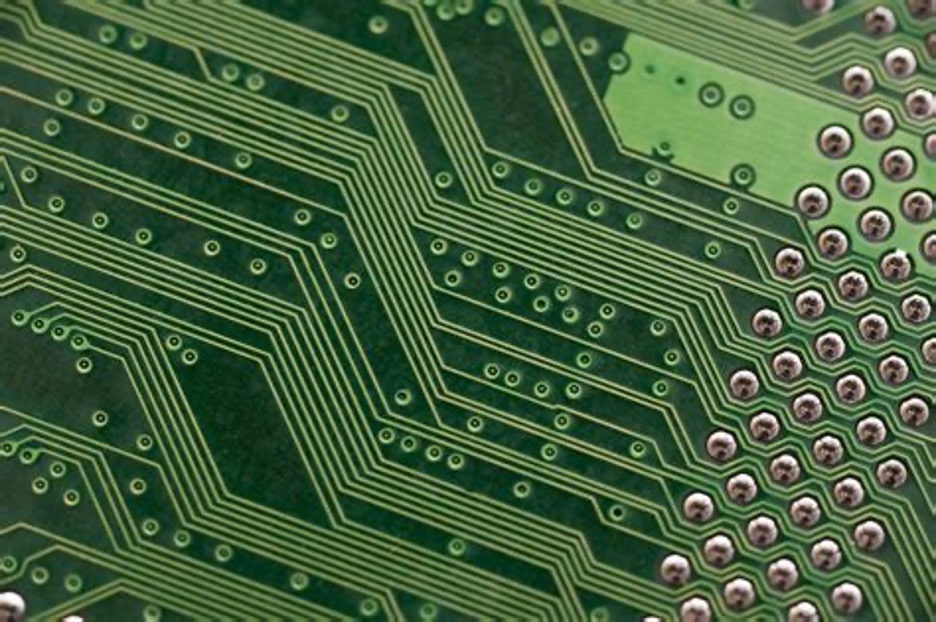This. AI in PCB design is not a new idea. Other PCB software companies also make that claim. But when a mainstream systems technology company like Siemens talks about the subject, that is noteworthy. They already have an adaptive user interface (UI) for their mechanical modeling suite and to assist in low-code development for application flows. Now they are starting to look at how artificial intelligence (AI) could accelerate and improve PCB development and analysis.

A PCB Moonshot
No-one sees PCB design as a career goal – it’s a means to an end. Crafting PCBs is a necessary but thankless task in system design, a task which nevertheless requires massive expertise. To jointly design and optimize for a good layout solution, performance (signal integrity, electromagnetic compatibility, and thermal considerations), together with design for manufacturability. A natural for more automation it would seem, yet this is truly a multiphysics problem crossed with supply chain and business constraints. Established automation is generally good at solving point problems, not so much cross-domain problems. And even within that limitation, some problems like layout and routing continue to depend heavily on heuristics and expert user guidance. In computer science jargon these problems are non-deterministic polynomial time (NP) complete, meaning that deterministic and reasonable run-time algorithms are not feasible.
Which naturally turns attention to AI and machine learning (ML). Since expert PCB designers routinely build high quality PCB designs, perhaps ML systems could capture that expertise. The DARPA IDEA program within the Electronics Resurgence Initiative (ERI) is a moonshot effort aiming at “no human in the loop” electronic design, in which PCB design will be an obvious target. This could span new ML approaches to NP-complete problems, establishing electronic libraries of components, also ML applied to analysis and optimization tools across those multiple domains.
The Siemens view
Siemens recently released a white paper on this topic. The paper is quite high level, not talking too much about specific tools or capabilities. This leads me to believe it is an aspirational stage-setter for upcoming more detailed announcements. I will make that assumption in what follows. The paper talks first about component selection and model creation. I am sure Siemens is following the ERI initiative in their work. For model creation, they suggest tools like natural language processing and image recognition to gather data from documentation data sources to build machine processable models.
For schematic generation, they suggest an intelligent schematic auto-complete feature. When you place a component such as a processor, other components can be added and connected automatically, based on prior experience in similar design applications. They also suggest ML techniques to recognize and suggest reusability potential from earlier generation completed designs.
Constraint creation and management is a natural for AI assistance. Common constraint choices and values should carry over between designs, at least in concept. The tricky part here I would imagine is to minimize the need for supervised learning which could be as cumbersome as simply recreating constraints from scratch. Learning at a meta level, or semi-supervised learning, would be preferable.
Place and route is also an obvious target for AI. Siemens suggest building on their sketch-routing technology (which is pretty neat). They would use these sketch patterns as information to carry between designs (again, a meta level). Finally, they propose using AI for analysis and verification. This to my mind would form the center of a multiphysics design and analysis platform. Siemens is already very experienced in this class of design and analysis for mechanical design. If they bring the same kind of expertise to PCB design, you could image this turning into a powerful suite.
If you missed the link above, you can read the white paper HERE.
Share this post via:






Comments
There are no comments yet.
You must register or log in to view/post comments.